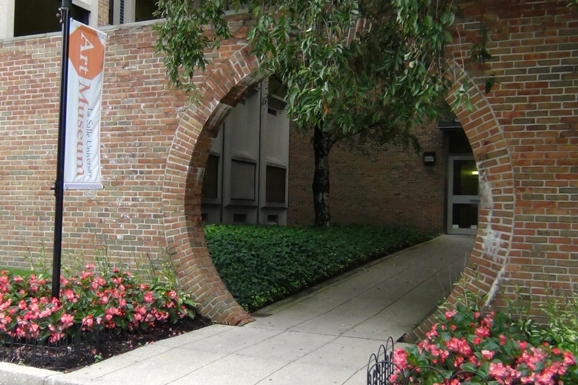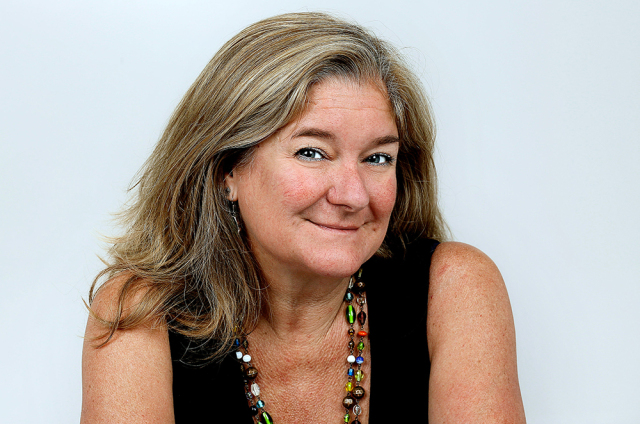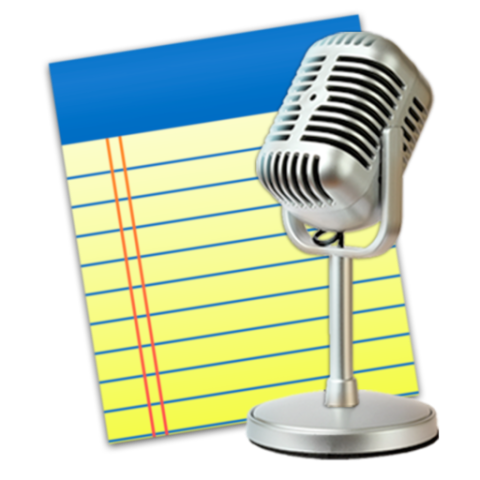On Wednesday, January 3, La Salle University announced its plan to sell 46 works of art from its Art Museum as part of a five year strategic plan known as Momentum: 2022 which seeks to improve educational initiatives.
La Salle’s collection contains a total of 5000 works, many of which are not on display but are held in the university’s database. Of the works that will be sold, 36 are on display while 10 are from the university’s database. The works that are sold will be replaced by works that are stored in the university’s collection.
LaSalle’s decision is motivated not by a need for the selling of art but rather by the idea that selling the art could benefit the school more than keeping it.
In recent years, La Salle has struggled with an enrollment decline and deficit. La Salle president Colleen Hanycz hopes that selling art for profit will ultimately improve student life at La Salle.
The artwork will be sold by Christie’s between April 2018 and July 2018 in New York, NY, and London. Some of the art will be sold online depending on the category. The art is estimated to sell for 4.81-7.34 million dollars.
According to faculty members, the deaccession funds would most likely go to improving the University library as well as creating a new coffee bar, gym facility and possibly a bookstore.
The Board of Trustees determined which works of art would be sold by first deciding which works must be stored in the collection for preservation. They decided these works by identifying which works have pedagogical value to the La Salle community.
Brother Daniel Burke opened the doors to the museum in 1976 with the understanding that art can have a transformative effect on individuals as communicated by the university’s patron saint, St. Jean Baptiste de La Salle. Burke, president of La Salle from 1969-1976, wanted the students of LaSalle as well as the local community to have access to LaSalle’s Art Museum as a tool for learning.
The La Salle Art Museum is an integral part of La Salle as La Salle is a liberal arts university. Many classes, such as history, philosophy, art history, and even math, utilize the Art Museum to supplement the material that is being taught in the classroom.
La Salle’s Art Museum is compact yet it houses hundreds of pieces which comprise many different time periods and artistic movements. It is considered one of the most highly regarded university museums in the Philadelphia region. It is not only available to students but it is also open to public schools and children in the neighborhood.

La Salle’s decision to auction off 46 works of art from its Art Museum for potential financial gain has stirred controversy among faculty and students alike at La Salle. It also has received backlash from art critics and museum curators.
The process of selling art, known as deaccessioning, is not held in high regard among major professional organizations. These organizations believe that art should be sold for other works of art but should not be used for physical repairs or ongoing expenses.
Most Universities use specific criteria to determine if deaccessions should be made. These criteria include but are not limited to:
- The object is no longer useful or relevant to the purposes of the University.
- The University is unable to properly preserve the object.
- The object has deteriorated beyond reasonable repair.
- The object serves no distinct function in the collection. Other objects in the collection duplicate it.
- Removing the object will improve or strengthen the collection as a whole.
- The object is requested for repatriation by aboriginal groups or foreign governments.
Shortly after the decision was made, La Salle students began organizing protests, such as the one pictured below which was taken in January near the Lawrence Building. On March 20, La Salle students protested the decision outside of the Connelly Library.

Faculty members in the philosophy, art history, and religion departments have formally expressed their disagreement with La Salle’s decision. They have sent letters to Colleen Hanycz and other members of the board of trustees, who are responsible for the decision to sell works of art which many consider some of the best works of art the University has to offer.
Philosophy professor Cornelia Tsakiridou emphasized the unity of the collection and La Salle’s decision will have an impact on the entire gallery.
“The collection is not like a heap of rocks.” she said. “It was an organic being, very carefully collected. Removing the works, those which are most important, is like removing a vital organ from a body. The integrity of the collection is badly damaged by this.”
La Salle alumni have also protested by writing letters expressing their dissatisfaction with the recent decision.
I sat down with Dr. Tsakiridou and she elaborated on her feelings toward La Salle’s decision to sell its art for profit. Her reaction is below.



 In today’s world, people can get their news in a variety of ways ( newspapers, television, web sites, blog sites, social media, radio). Aspiring journalists, however, should know the state of web journalism as this means of receiving the news is becoming increasingly popular in today’s digital age.
In today’s world, people can get their news in a variety of ways ( newspapers, television, web sites, blog sites, social media, radio). Aspiring journalists, however, should know the state of web journalism as this means of receiving the news is becoming increasingly popular in today’s digital age.
 Anyone interested in the field of journalism as a potential career should be aware that being a good journalist does not just involve being able to write well. Although proficiency in writing is definitely necessary for the field of journalism, other skills and knowledge must also be kept in mind.
Anyone interested in the field of journalism as a potential career should be aware that being a good journalist does not just involve being able to write well. Although proficiency in writing is definitely necessary for the field of journalism, other skills and knowledge must also be kept in mind.
